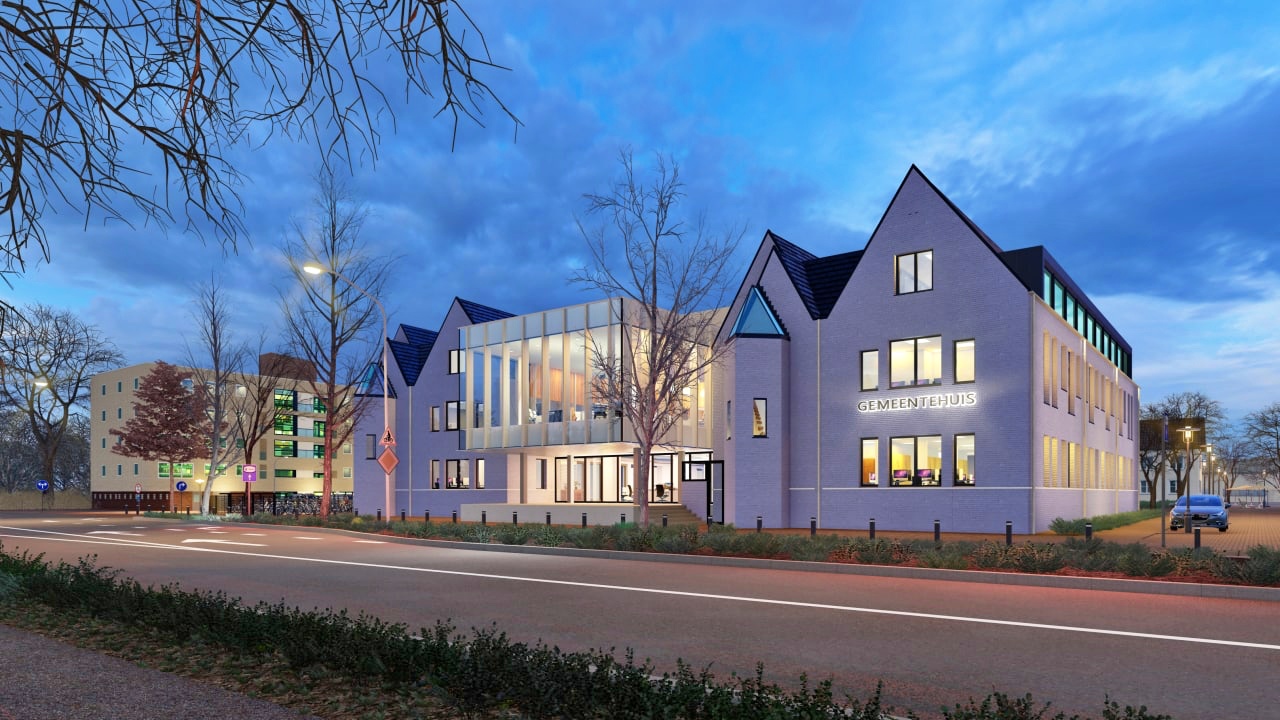
In today’s world, technology is making strides in the preservation of our history. Restoration and preservation of historic buildings require precise planning and execution, 3D rendering has been a game-changer when it comes to restoration and preservation efforts. Architects and engineers are now able to create accurate, detailed plans for their restoration projects with the help of 3D rendering, allowing them to preserve and restore historic buildings with more accuracy than ever before.
3D rendering technology creates a virtual model of a building, taking into account its exact dimensions, materials, and features. This can be used to help visualize the details of the restoration project prior to starting any work allowing architects and engineers to plan out their projects more effectively and make sure that they have a clear understanding of all steps involved in the process. It also allows them to identify any potential problems or areas where additional attention may be necessary, ensuring that nothing is overlooked during the restoration process.
One of the most significant advantages of using 3D rendering is that it provides an accurate representation of the building's features, including intricate details like molding, doorways, and window frames. This makes it easier to identify potential problems, such as structural weaknesses or problems with the building's aesthetic appearance, and find solutions before any work begins.
3D renderings also provide architects with a better understanding of how certain elements will look within the space once completed. This helps ensure that all pieces come together properly in order to achieve the desired aesthetic goals for the final product. Additionally, it allows architects and engineers to identify any potential issues before they become costly problems down the line.
Another benefit of using 3D renderings is that it reduces labor costs significantly since much of the planning can be done digitally without having individuals on-site performing tedious measurements or calculations. Additionally, this digital approach helps reduce environmental impacts by reducing materials waste due to mistakes during construction or other unforeseen issues that could arise from traditional methods of restoration planning.
When it comes to restoring historic buildings, 3D rendering is an invaluable tool for architects and engineers alike. Not only does it provide them with an accurate representation of how their projects will look once completed, but it also helps them identify potential risks or problems prior to starting any work on-site. By utilizing this technology, architects are able to reduce labor costs while still delivering high-quality results that meet their exact specifications, as well as reducing environmental impact caused by materials waste due to mistakes during construction or other unforeseen issues that could arise from traditional methods of restoration planning.
Please contact us at studio@quickviz.com to get a quote for your 3D renderings today!
© Quickviz 2022. All rights reserved.